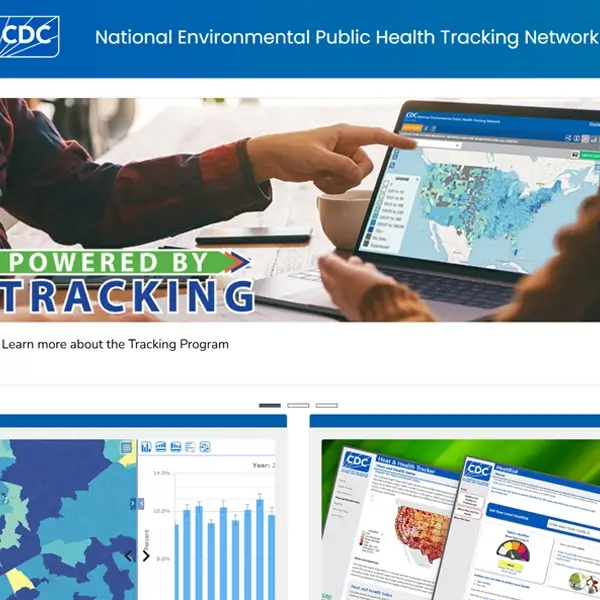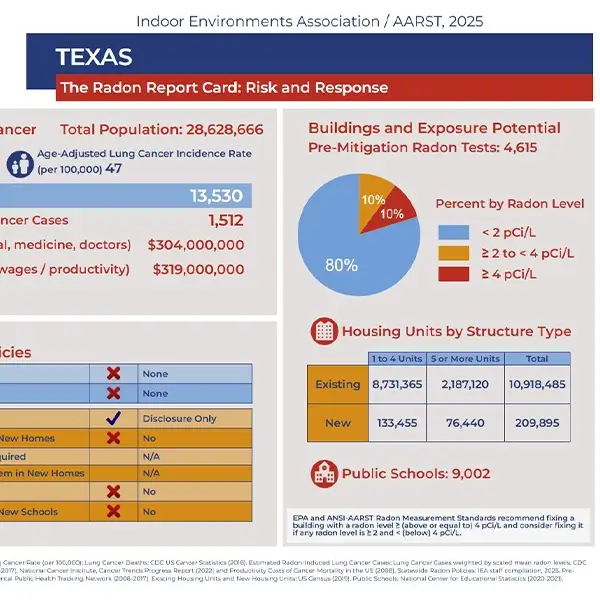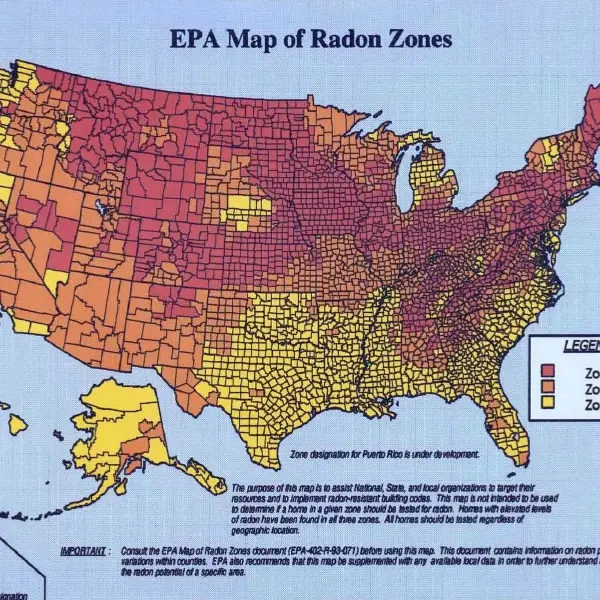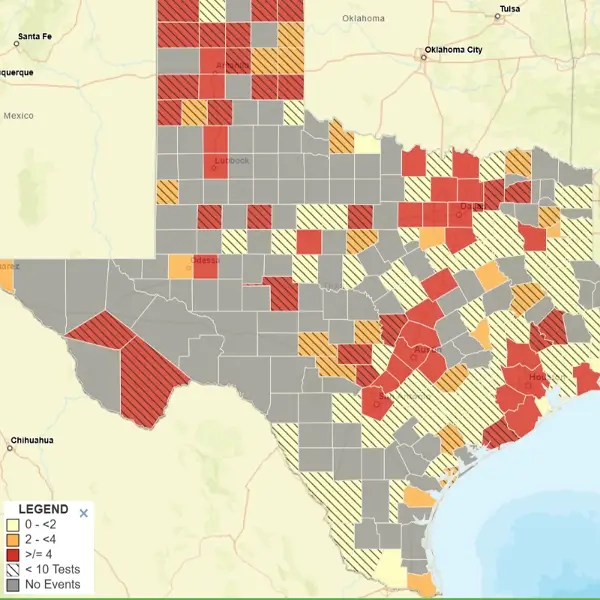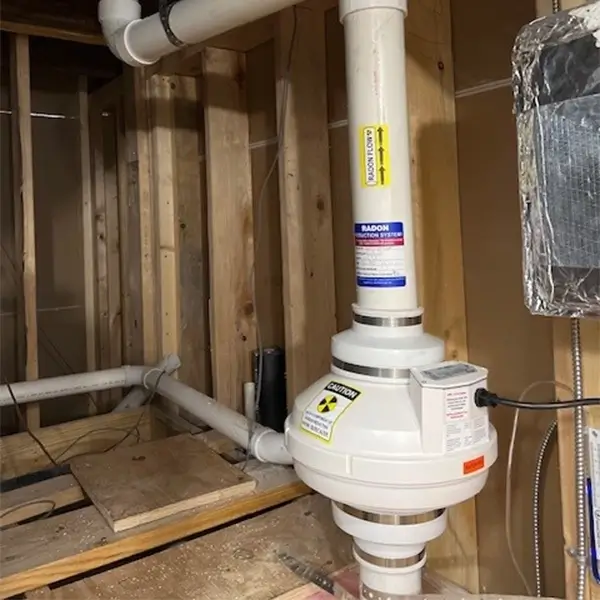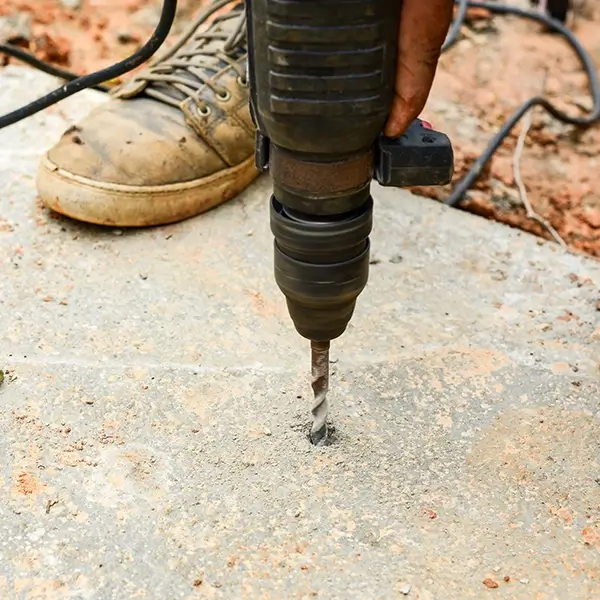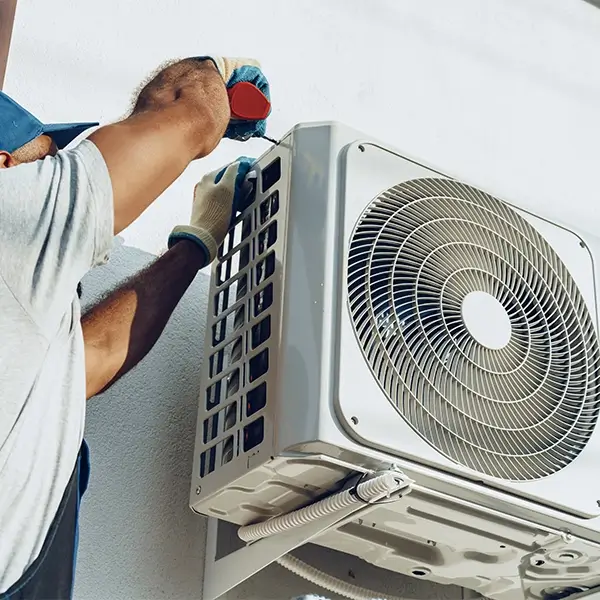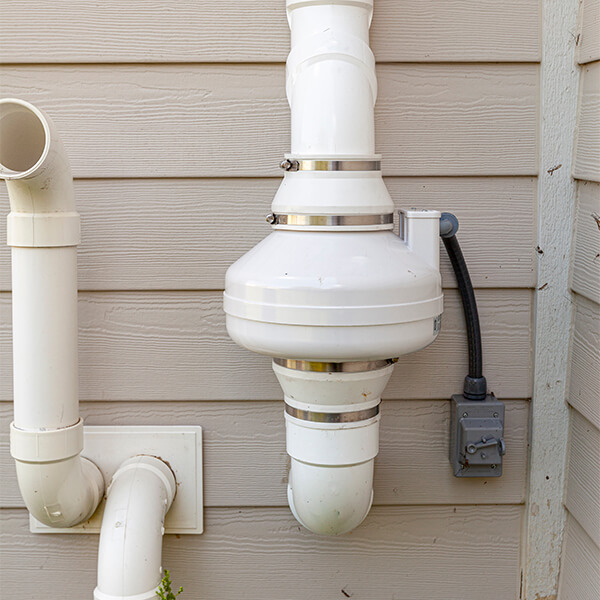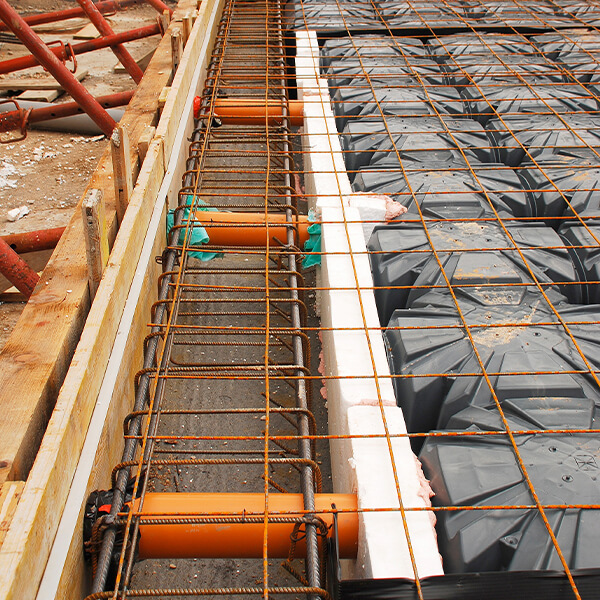The National Environmental Public Health Tracking Network
The National Environmental Public Health Tracking Network, created by the CDC in 2002, brings together health and environmental data from federal, state, and local sources. It was developed to address gaps in monitoring environmental health risks and aims to provide reliable, accessible data for public health professionals, researchers, and communities.
